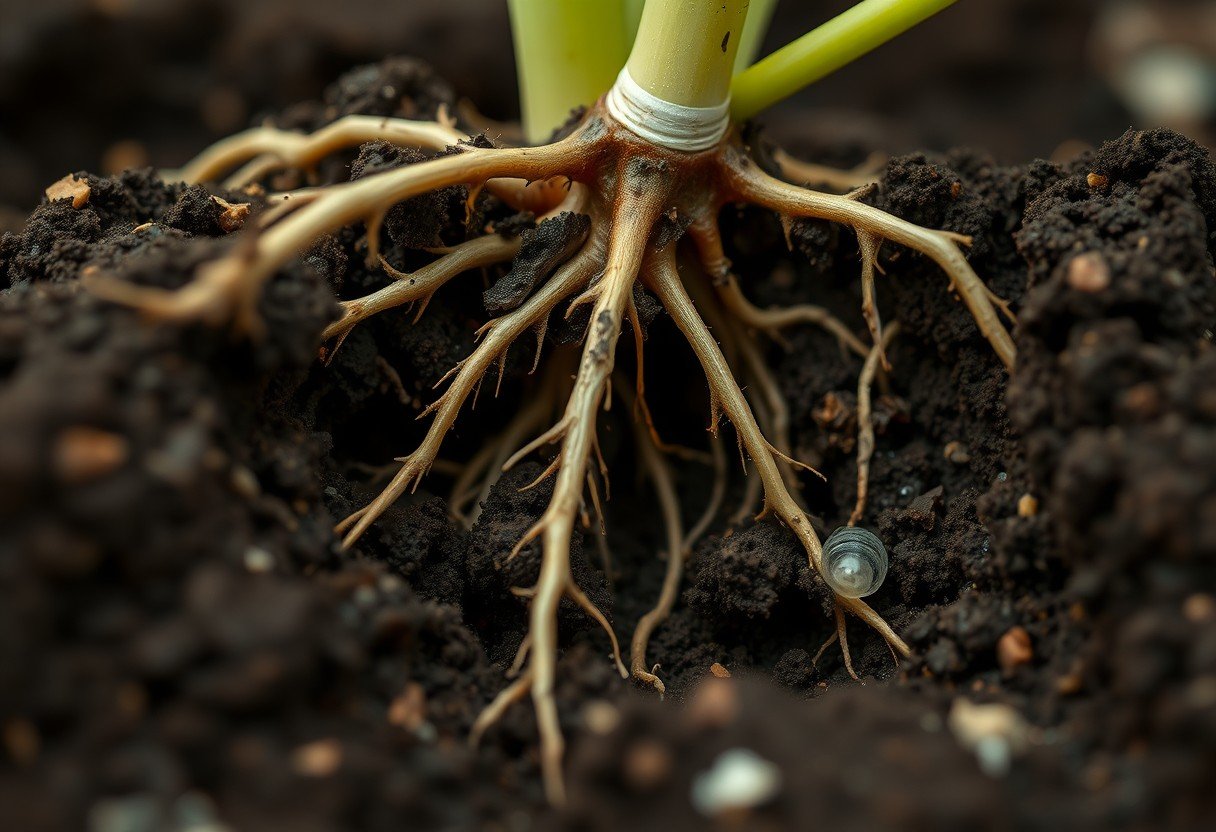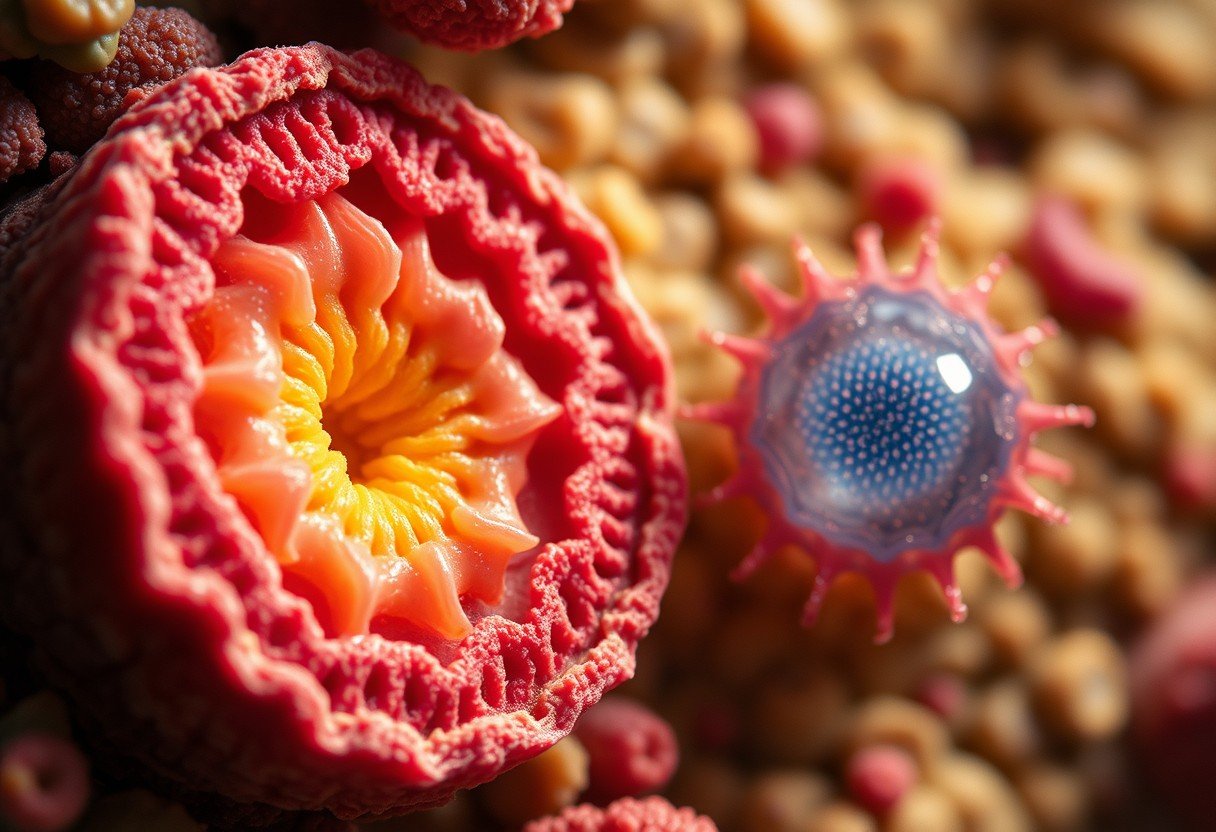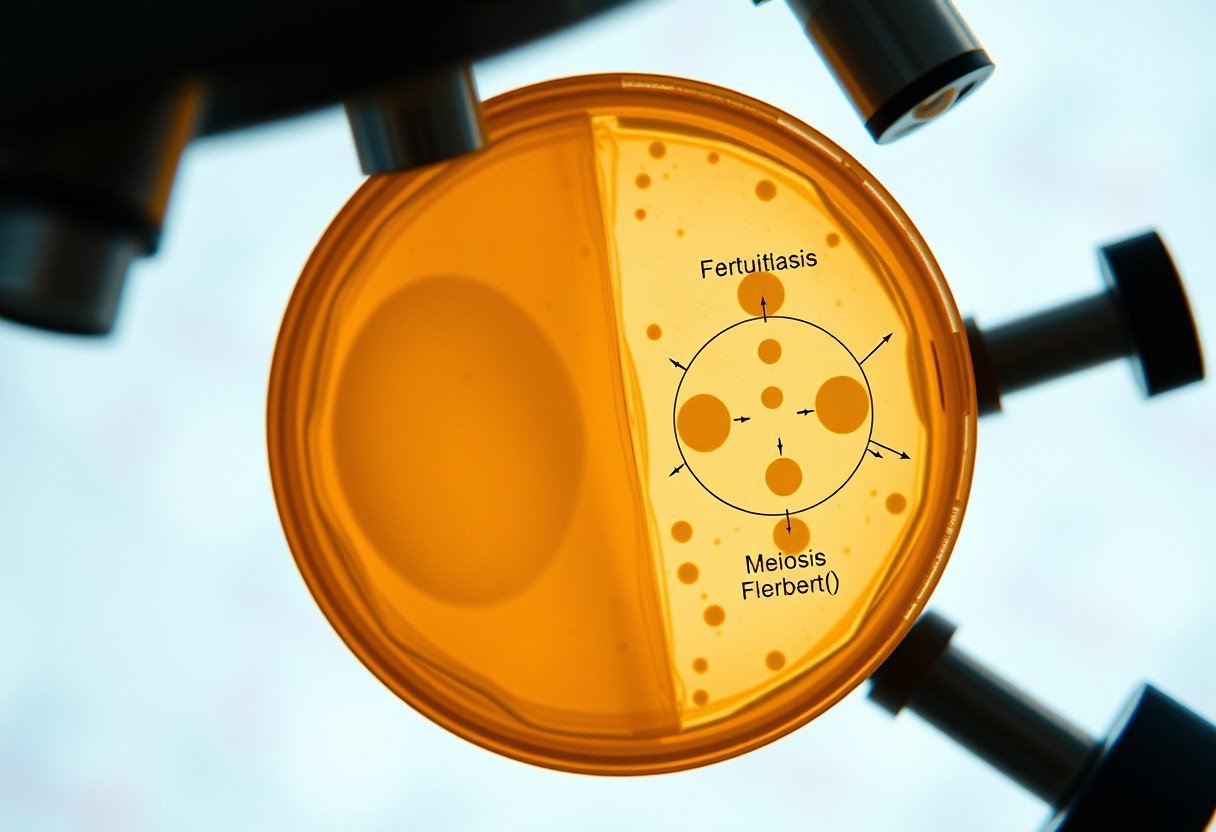Most plants get the water and minerals they need to survive from the soil, but how does this happen? The process relies on a hidden underground network. The roots, especially the tiny root hairs, are the primary parts responsible for absorbing almost all the water and nutrients a plant takes up. Understanding this system can help you grow healthier, stronger plants in your garden. This process is vital for everything from photosynthesis to structural support.
Understanding the Plant’s Underground Engine: The Root System
Think of the root system as the foundation and lifeline of a plant. Its main jobs are to anchor the plant firmly in the ground and to act like a sponge, soaking up essential moisture and food from the soil.
A healthy root system is crucial for a healthy plant. The roots create a massive surface area underground, which allows them to come into contact with a large volume of soil. This maximizes their ability to find and absorb everything the plant needs to thrive.
Without an effective root system, a plant cannot get the hydration or the mineral nutrients required for growth, flowering, and producing fruit. The health you see above ground is a direct reflection of the health of the roots below.
A Closer Look at Different Types of Plant Roots
Not all roots look or function the same way. Plants have developed different root structures to adapt to their specific environments and needs. Learning about these types can help you understand why certain plants grow better in different conditions.
Some plants, like carrots and dandelions, have a large central root called a taproot that grows deep into the soil. Others, like grasses, have a dense, web-like fibrous root system that stays closer to the surface.
Here is a simple breakdown of the common root types you might find in your garden.
| Type of Root | Main Function and Description |
|---|---|
| Taproot | A single, thick primary root that grows straight down. It’s great for reaching deep water sources and storing food. |
| Fibrous Root | A dense network of thin, branching roots that spread out near the soil surface. Excellent for preventing soil erosion. |
| Storage Root | A specialized root designed to store large amounts of carbohydrates (energy), like sweet potatoes and beets. |
| Adventitious Root | Roots that grow from parts of the plant other than the main root, such as the stem or leaves. They often provide extra support. |
How Plants Drink: The Science of Water Absorption
Plants don’t just suck up water like a straw. The process of absorbing water and minerals is a fascinating bit of biology that happens at a microscopic level, primarily through structures called root hairs.
Water moves from the soil into the roots through a process called osmosis. This is the natural movement of water from an area where there’s a lot of it (the moist soil) to an area where there’s less of it (inside the root). It happens passively without the plant needing to use energy.
Minerals, on the other hand, are often absorbed through active transport. This process requires the plant to use energy to pull specific mineral nutrients from the soil into its roots. This is important because it allows the plant to accumulate essential nutrients even when their concentration is low in the surrounding soil. Once inside the root, the water and minerals travel up to the rest of the plant through a special tissue called the xylem.
What Factors Can Affect How Your Plant Gets Nutrients?
A plant’s ability to absorb water and minerals isn’t just about its roots; the surrounding environment plays a huge role. Several factors in the soil and climate can either help or hinder this vital process.
Creating the right conditions for your plant’s roots is key to a successful garden. Too much water can drown the roots by cutting off their oxygen supply, while too little water means there’s nothing to absorb.
Many elements influence how well roots can do their job. Paying attention to them can make a big difference.
- Soil Composition: The type of soil—whether it’s sandy, clay, or loamy—affects how well it holds water and nutrients. Loamy soil is often considered ideal because it offers a good balance of drainage and retention.
- Moisture Level: Consistent moisture is crucial. Both overwatering and underwatering can stress the plant and damage its roots, reducing their absorption capability.
- Soil Temperature and pH: Extreme temperatures can slow down root activity. The soil’s pH level (its acidity or alkalinity) also affects which nutrients are available for the plant to absorb.
- Beneficial Fungi: Many plants form a symbiotic relationship with mycorrhizal fungi. These fungi extend the reach of the root system, helping the plant absorb more nutrients, especially phosphorus.
The Role of Roots Compared to Stems and Leaves
Every part of a plant has a specialized job. While roots are the masters of absorption, the stems and leaves handle other critical tasks. Understanding these different roles helps paint a complete picture of how a plant functions as a whole.
The stems provide the structural support that holds the plant upright, and they act as a transportation highway, moving water and nutrients from the roots to the leaves. The leaves are the plant’s solar panels and kitchens, where photosynthesis happens. During photosynthesis, the plant uses sunlight, water, and carbon dioxide to create its own food.
While leaves can absorb small amounts of water through their pores, this is minor compared to the massive amount absorbed by the roots. The roots are uniquely designed for life underground, with structures like root hairs that are perfectly suited for pulling resources from the soil. The stems and leaves are adapted for life above ground, focused on capturing light and air.
Putting Knowledge into Practice in Your Garden
Knowing that roots are the primary absorbers of water and nutrients is powerful information for any gardener. You can use this knowledge to create an environment where your plants’ roots can thrive, leading to better growth and bigger yields.
Focusing on soil health is the best thing you can do for your plant’s roots. Healthy soil provides the right balance of air, water, and nutrients. You can improve your soil by adding organic matter like compost, which enhances its structure and fertility.
Simple techniques can also make a big difference. Mulching the soil surface helps retain moisture and keep the soil temperature stable. Using drip irrigation delivers water directly to the root zone, which is more efficient and reduces water waste. By taking care of the roots, you are taking care of the entire plant.
Frequently Asked Questions about Plant Absorption
Which specific part of the root absorbs the most water?
The vast majority of water and mineral absorption happens through the root hairs. These are tiny, hair-like extensions of the root’s outer cells that dramatically increase the surface area available for uptake from the soil.
How do roots pull minerals from the soil?
Roots use a process called active transport to pull in minerals. This requires the plant to expend energy to move mineral ions from the soil into the root cells, sometimes against a concentration gradient.
Can a plant get water through its leaves?
Yes, plants can absorb small amounts of water through tiny pores on their leaves called stomata, a process known as foliar absorption. However, this is insignificant compared to the amount of water absorbed by the root system.
Why is well-drained soil so important for roots?
Roots need oxygen to function and perform active transport. In waterlogged or compacted soil, the air pockets are filled with water, which suffocates the roots and can lead to root rot, preventing them from absorbing anything.
Do all plants have the same kind of roots?
No, plants have different root systems adapted to their needs. The main types are taproots, which grow deep to find water, and fibrous roots, which form a dense mat near the surface to quickly absorb rainwater and hold soil in place.
How can I help my plant’s roots grow stronger?
To encourage a strong root system, ensure your plant is in well-draining soil, water it deeply but infrequently to encourage roots to grow downward, and avoid soil compaction by not walking on garden beds. Adding organic matter also promotes healthy root development.









Leave a Comment